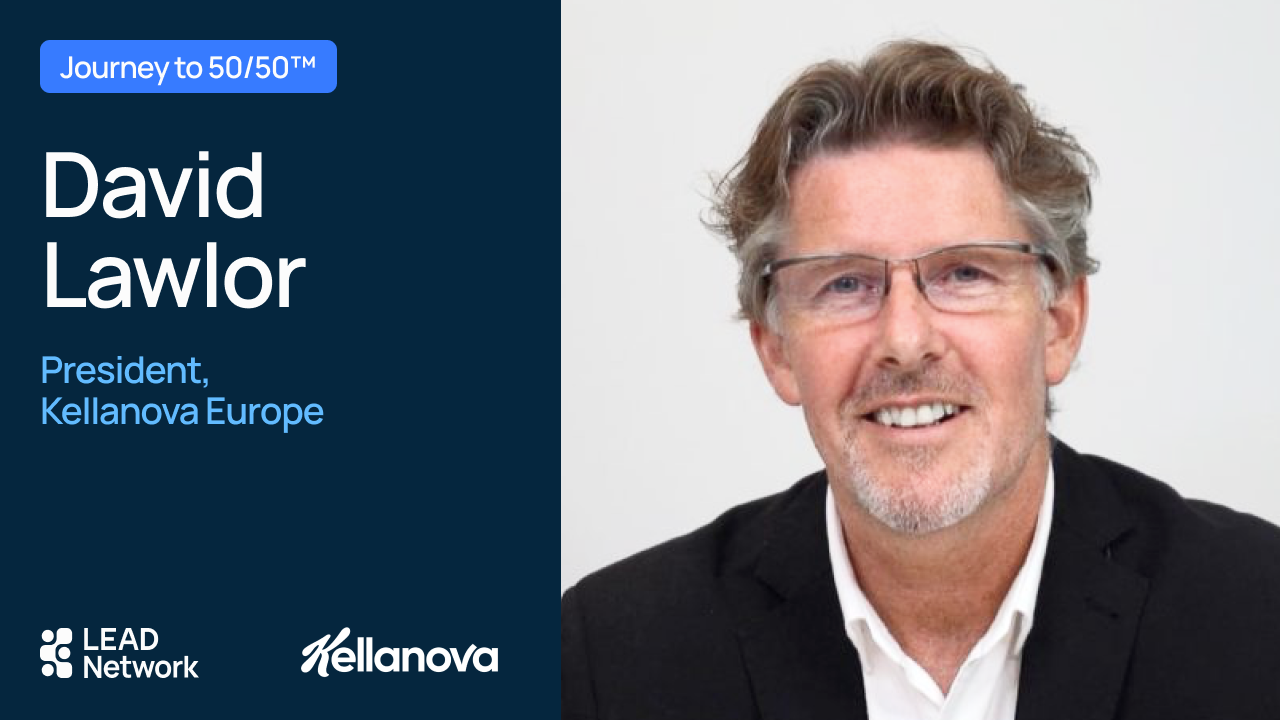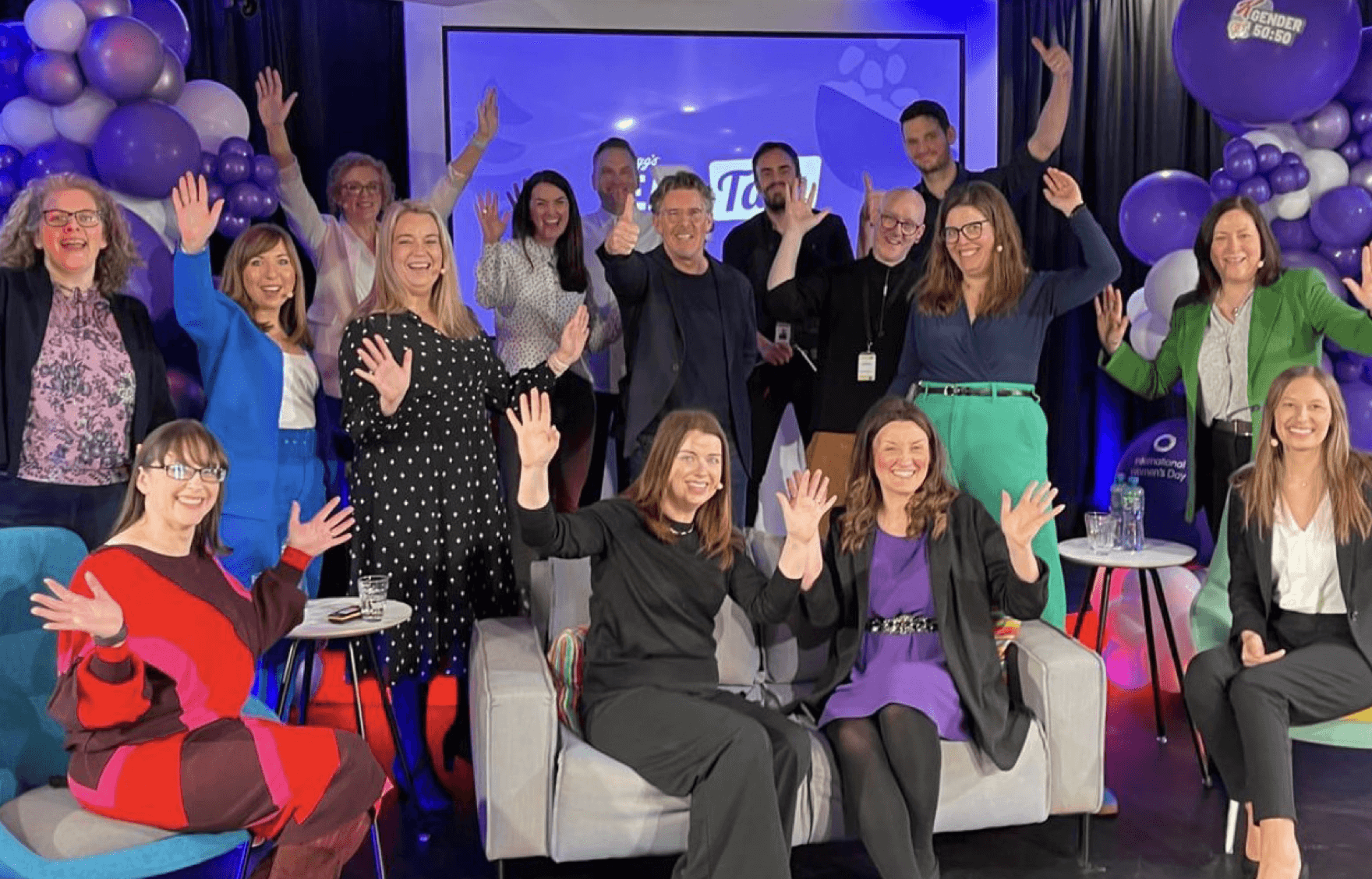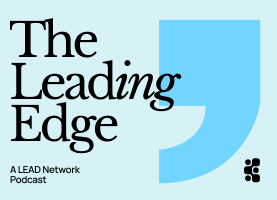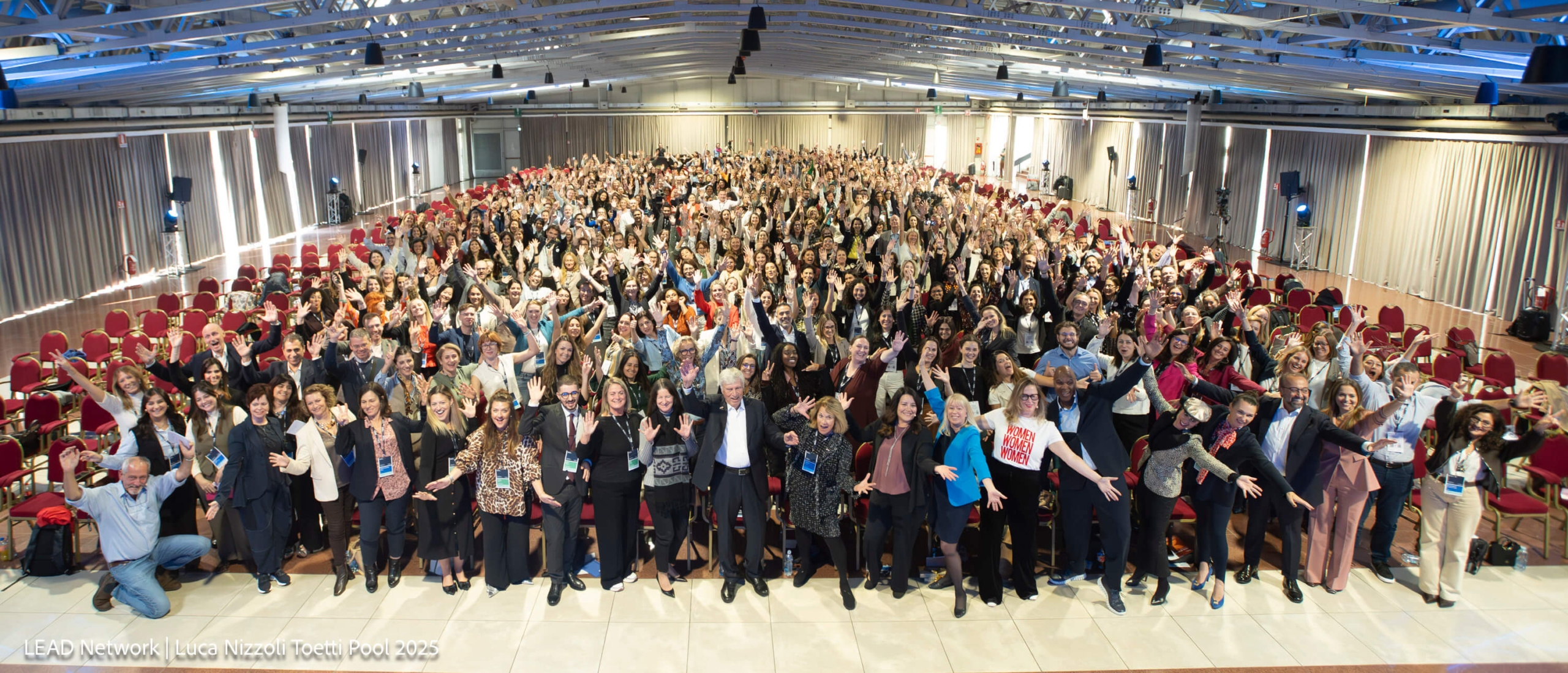David Lawlor of Kellanova: Use your ‘Power Capital’

The Journey to 50/50 series is part of our commitment to sharing best practices among industry leaders. It aims to capture top-level insights for CEOs, by CEOs, to inspire those who are traveling a similar path.
In response to reader feedback, we’re making Journey to 50/50 articles more focused on practical, actionable insights. Who better to launch the new format than David Lawlor, whose company just reached its 50/50 target?
Use your ‘power capital’
Being the CEO or President doesn’t necessarily make you smarter, but it does mean you have elevated power and influence. I call it ‘power capital’: it’s finite and requires choices and intentionality.
Leaders can easily get consumed with profit and loss, and operational meetings, and inadvertently end up with a reactive agenda. But others choose to be proactive, and that’s what I’m determined to do.
As soon as I was offered the job, I knew I wanted to smash the glass ceiling for women in the company in our region. I wanted to have a real impact on ED&I and gender 50/50.
For me, there is no point being in an influential position if I don’t articulate my beliefs to drive a progressive evolution for our business, brands and culture.
Tell your own stories
I’m a storyteller (comes with being Irish, probably!). I often share my mother’s story – she had to forego a university education because her father expected her to take care of her siblings. Her advice to me and my three sisters was to take every opportunity to learn, to grow and to better yourself. How could I regret my mum’s lost opportunities without trying, in my own career, to create an environment where all women feel they can succeed and be their very best?
Seek out allies
A first action as a CEO is to establish who your allies are. Surround yourself by like-minded, pragmatic, cut-through people who can get things done. When I started out in this role, one of my first allies was the Senior VP of HR, who was equally excited about cultural transformation and its potential impact on our performance. We built it out from there. People at all levels were quick to put their hands up. Initially I would’ve seen myself as one of a few, but now I see myself as one of many.
A first action as a CEO is to establish who your allies are. Surround yourself by like-minded, pragmatic, cut-through people who can get things done.
Map the path
Set the question: We know what we want to become, but where are we starting from? What is the path to get us where we want to be? A milestone for me was our first big leadership conference, where I made a promise to senior leaders that we were going to smash the glass ceiling for women in our region. Promises can be tricky commitments at this level – organisations are measured by whether they have a genuine commitment or whether they’re just paying lip service.
I wanted people to know that here at the Kellogg Company the leaders were serious about inclusivity and opportunity.
Make a public pledge
I knew nothing about LEAD Network initially. When I found out about the CEO Pledge – a public commitment to attaining progress towards gender balance – I recognised the pivot it could provide our organisation. I don’t think the Pledge should be optional, I think it should be a condition of membership of LEAD Network.
Signing the Pledge galvanises things internally, and brings credibility. Externally, it says a lot about who we are and who we want to be. It connects you with those in a similar situation and those who are already at 50/50 and can share their insights.

International Women’s Day Celebrations, 2023
Listen and learn
The issue of maternity leave came up consistently as we listened to our people. I have three kids myself, and I watched and learnt from my wife’s experience through maternity. Women can feel vulnerable at that time. This was an evident dynamic around which we could bring change. When one of our leaders promoted someone who was on maternity leave, I loved watching the ripple effect that had on people’s perceptions. We are now in the process of finalising a domestic abuse policy and also our parental leave policy, to drive equity. And we have already introduced new policies on fertility, pregnancy loss and menopause. Women may still have reasons to leave the workplace and that’s fine. But with some of the policy changes we are making, we are giving our people all the options they need to make the choices that are right for them.
Hunt down fresh challenges
We have achieved 50/50 at middle manager and above, but some countries or functions may have less or more of a balance than others. Disparities will always exist. As a manufacturer, supply chain is a big part of our operation, and it’s still largely male dominated. This is an opportunity for us to go after, and we believe partnering with schools and universities to encourage more females into STEM is one way.
Use data to prime your pipeline
Reaching our 50/50 target is a real testament to the work our teams are doing. We’re making data-driven decisions and using our people analytics platform to continuously monitor the impact on hiring, development, and attrition to our gender balance. We know that to maintain gender parity, we need to have a strong pipeline of diverse talent and our talent reviews are laser focused on who is coming through as well as on immediate moves.
Keep moving forward
We are proud of the progress we have made but it’s important not to be complacent. In the week we temporarily put aside our humility and set LinkedIn on fire with the news that we had hit 50/50, we had a leadership meeting where one of the agenda items was how to sustain that progress. We talked about the residual challenges that we need to address, and how to further build our policies and pipelines so that the momentum is even more robust.
We remain committed to embedding it and ensuring it’s a cultural dynamic that evolves and sticks.
Share this article
More articles
October 21, 2025
October 9, 2025
August 15, 2025



